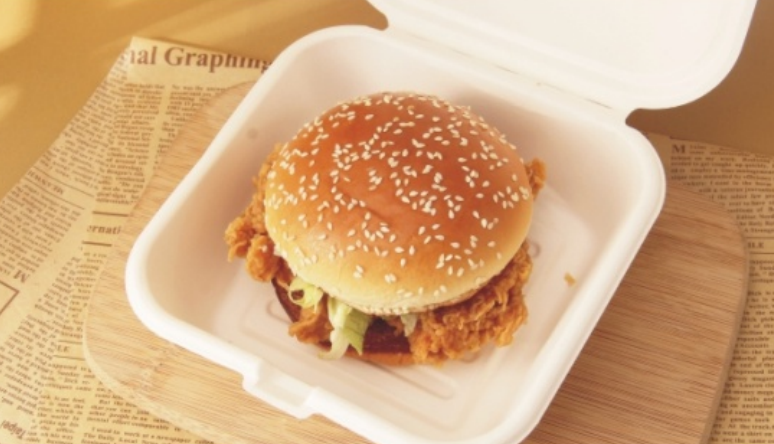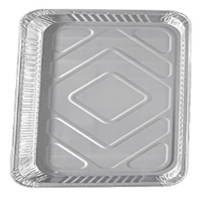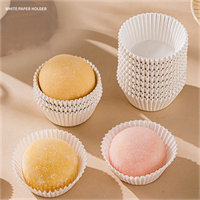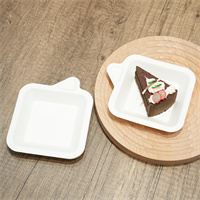In today's world, sustainability is more than just a buzzword—it's a necessity. As consumers become increasingly eco-conscious, the demand for sustainable food disposables has skyrocketed. At Disposable Inc., we are committed to providing eco-friendly solutions that meet this growing demand. In this comprehensive guide, we'll explore various sustainable disposable materials, including sugarcane bagasse, bamboo, and PLA, and delve into their environmental benefits.
1. Sugarcane Bagasse: The Power of Agricultural Waste
What is Sugarcane Bagasse?
Sugarcane bagasse is the fibrous residue left after extracting juice from sugarcane. Traditionally considered agricultural waste, it has found a new life as a sustainable material for food disposables.
Environmental Benefits:
- Biodegradable: Sugarcane bagasse products decompose naturally within 60-90 days, reducing landfill waste.
- Renewable Resource: Utilizing agricultural waste reduces the need for virgin materials, promoting a circular economy.
- Low Carbon Footprint: The production process of sugarcane bagasse emits fewer greenhouse gases compared to traditional plastics.
2. Bamboo: The Fast-Growing Green Giant
What is Bamboo?
Bamboo is a fast-growing grass that can be harvested in just 3-5 years, making it an incredibly renewable resource. Its strength and versatility make it an excellent material for food disposables.
Environmental Benefits:
- Rapid Growth: Bamboo grows much faster than traditional trees, making it a highly renewable resource.
- Minimal Pesticides: Bamboo requires fewer pesticides and fertilizers, reducing chemical runoff into the environment.
- Biodegradable: Bamboo products break down naturally, leaving no toxic residues.
3. PLA (Polylactic Acid): The Corn-Based Contender
What is PLA?
PLA is a biodegradable plastic derived from renewable resources like corn starch or sugarcane. It offers the convenience of traditional plastics without the environmental drawbacks.
Environmental Benefits:
- Compostable: PLA products can be composted in industrial facilities, turning into nutrient-rich soil.
- Reduced Carbon Emissions: The production of PLA generates fewer greenhouse gases compared to petroleum-based plastics.
- Non-Toxic: PLA is free from harmful chemicals like BPA, making it safer for both consumers and the environment.
4. Palm Leaf: The Natural Elegance
What is Palm Leaf?
Palm leaf disposables are made from fallen palm leaves, which are collected, cleaned, and heat-pressed into various shapes. This process requires no chemicals or additives.
Environmental Benefits:
- Zero Waste: Utilizing fallen leaves prevents them from being burned or left to decompose, reducing waste.
- Chemical-Free: The production process is entirely natural, with no need for chemicals or additives.
- Biodegradable: Palm leaf products decompose naturally, enriching the soil.
5. Wheat Straw: The Agricultural Byproduct
What is Wheat Straw?
Wheat straw is the stalk left after harvesting wheat grains. It can be repurposed into durable and eco-friendly food disposables.
Environmental Benefits:
- Waste Utilization: Repurposing agricultural byproducts reduces waste and promotes a circular economy.
- Biodegradable: Wheat straw products break down naturally, leaving no harmful residues.
- Renewable Resource: Wheat is an annual crop, making wheat straw a readily available and renewable resource.
Conclusion
At Disposable Inc., we are dedicated to providing sustainable food disposable options that meet the needs of both businesses and consumers. By choosing eco-friendly materials like sugarcane bagasse, bamboo, PLA, palm leaf, and wheat straw, we can collectively reduce our environmental impact and move towards a more sustainable future.































